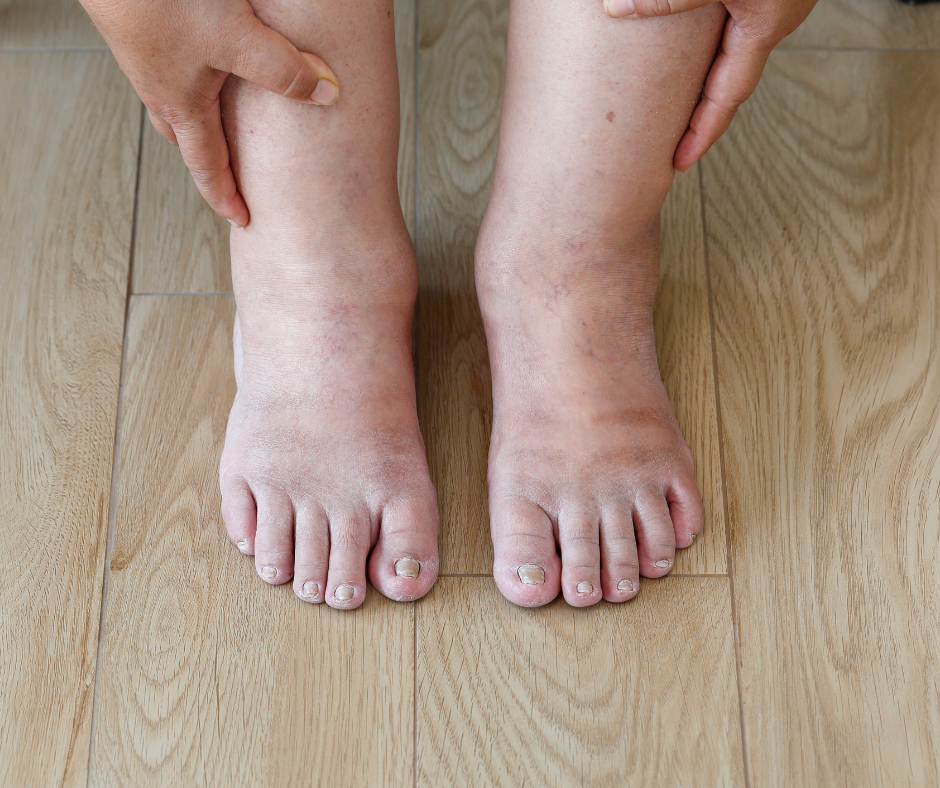
Last week, we at Syracuse Podiatry talked about fat pad atrophy and how obesity is a risk factor for thinning heel pads. While this may be true, obesity is not reserved for seniors, nor is fat pad atrophy the lone consequence of carrying excess weight. Today, we will explore the many reasons why feet bearing extra weight have it harder, and the many ways in which that’s a problem.
Obesity and Pressure on the Feet
The most immediate effect of carrying excess weight is the stress on your lower body. With every step you take, the force absorbed by your feet is several times your actual body weight.
If you’re living with obesity, this constant compression overloads your bones, joints, and ligaments. Your feet’s natural shock absorbers are the small fat pads under your heels and balls of your feet, and with too much pressure, it can lead to thinning in your senior years, or even before that.
But that’s not the only potential consequence…
Painful Conditions Caused by Obesity
This increased, constant strain frequently leads to other specific, painful conditions such as:
- Plantar Fasciitis: This sharp heel pain is extremely common. The excess load puts tremendous tension on the plantar fascia ligament by stretching it and causing micro-tears and inflammation at the heel bone. Obesity not only increases the risk of developing this condition but also makes it much harder to treat.
- Flatfoot: The pressure can also cause the tendons and ligaments supporting your arch to weaken and stretch over time. This leads to the gradual collapse of your arch, aka acquired flatfoot. This flattening may cause you to walk differently, which then shifts stress up the leg to your knees and hips.
- Osteoarthritis: Commonly known, obesity causes wear and tear on your joints. Cartilage in your ankles and feet breaks down quicker with excess weight and increases your risk of developing osteoarthritis earlier in life.
- Gout: Obesity is a strong risk factor for gout, a type of inflammatory arthritis. But this time, it’s internal: if you have higher levels of uric acid, it can form painful crystals in joints, most famously in the big toe.
Obesity and Foot Complications
The impact of obesity extends beyond simple pain and puts you at risk for more severe foot problems. Obesity is closely linked to type 2 diabetes, which leads to both nerve damage and poor circulation via conditions such as neuropathy and Peripheral Artery Disease.
This combination means you might not feel a minor injury, your body struggles to heal, and a simple blister may turn into a diabetic foot ulcer.
For advice related to any podiatric concerns you’re facing, the expert team at Syracuse Podiatry is here to help guide you. Contact us today so Dr. Ryan L. D’Amico, Dr. Donal M. Erickson, Dr. Keith Sherman, and Dr. Nicholas Cronin can elevate your foot health and help your feet feel their best.
